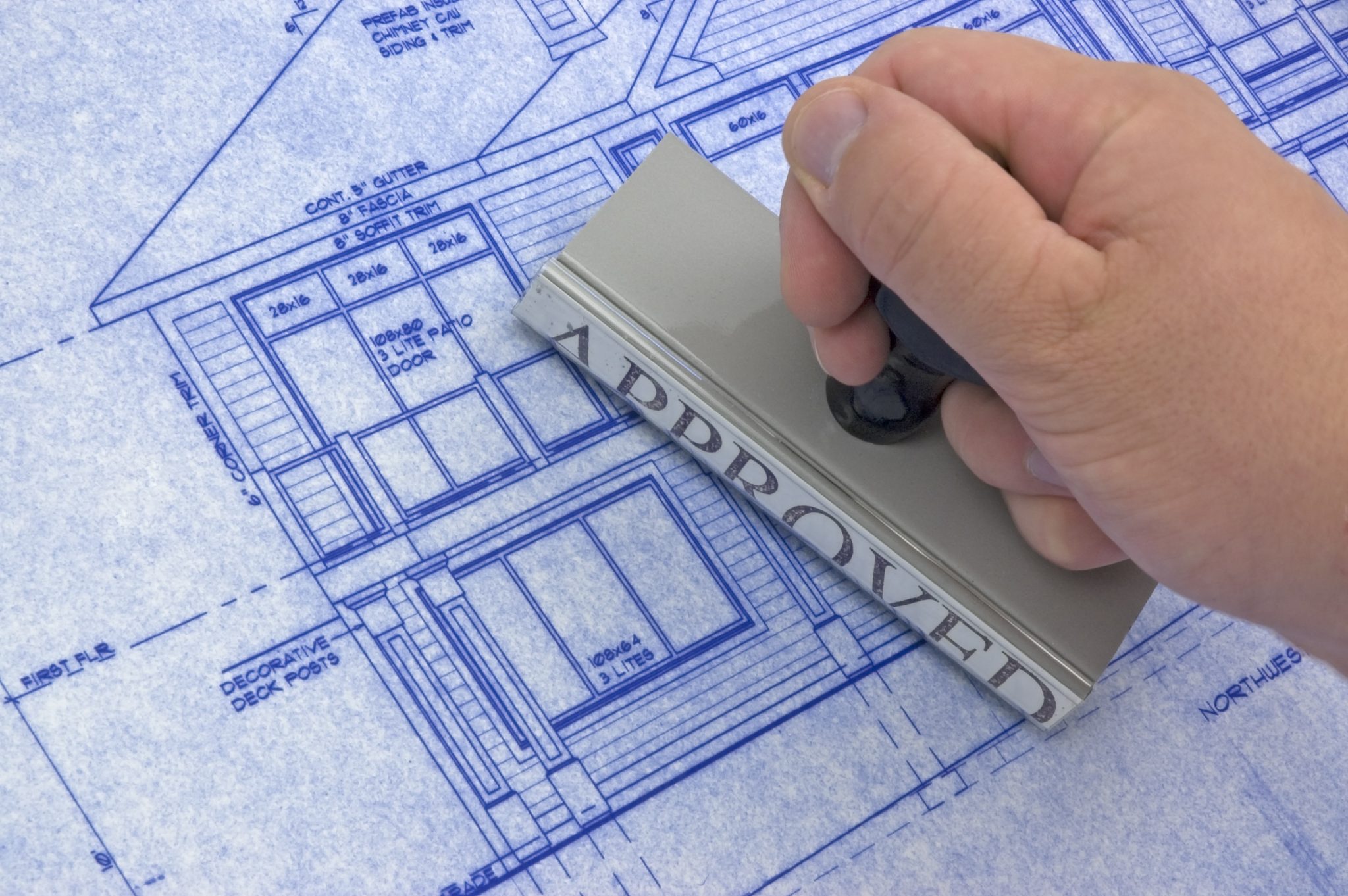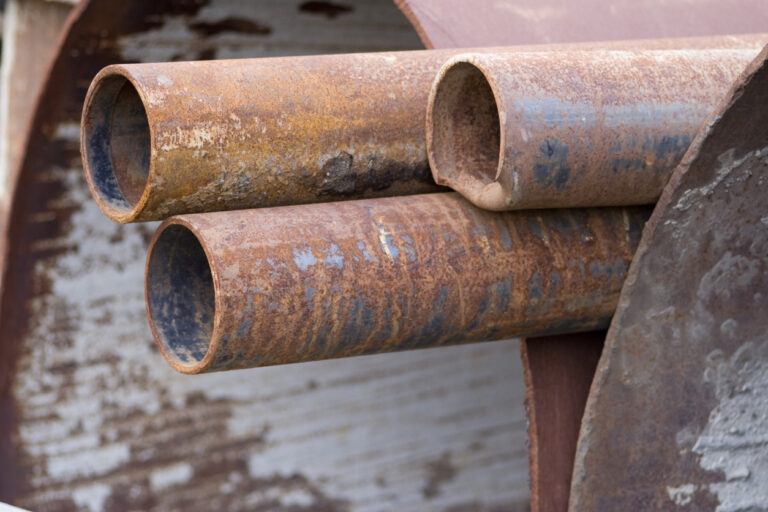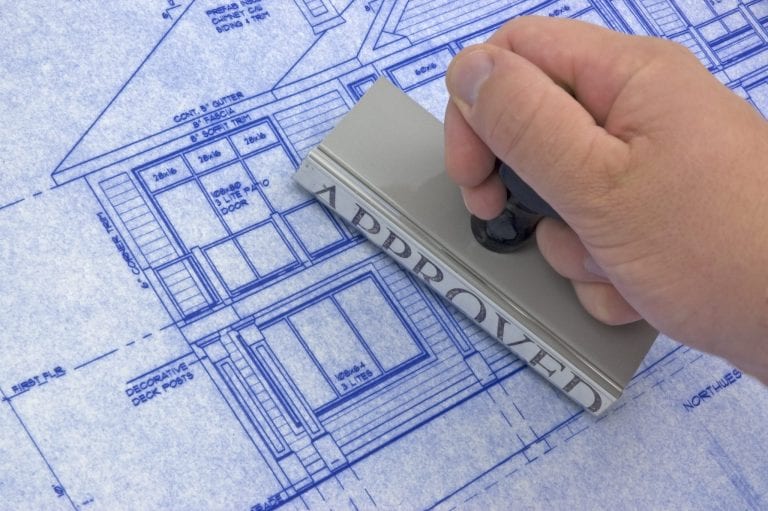
By Helen Callier
Devastating storms such as hurricanes, tornados, floods from thunderstorms, and the recent Texas freeze create a bonanza of work for contractors. From blown off roofs to busted pipes to fallen sheetrock, contractors rush in to assist homeowners in repairing damaged homes.
Challenges often crop up during construction, and some contractors scratch their head on how to proceed in obtaining the proper permits.
Below are questions that the PermitUsNow team has received from contractors over the last few weeks:
- “Hi Helen, we still have at least 2 months of single-family residential repair work from the recent freeze. We have some customers who want us to expand rooms. Can we knock out walls and install new windows with a general repair permit?”
- “The homeowner is wanting their bathroom to be ADA compliant since we are placing in new sheetrock and making other repairs to counters due to busted water pipes. Do we need a building permit for this new scope?”
- “City Code Enforcement stopped by and gave the homeowner a violation for converting their garage into a family room without a building permit. What is the best way to proceed, as we were only under contract to provide roof repairs?”
- We share with contractors several educational tips on when building permits are typically needed in most jurisdictions across the US. Note: Rural communities may and are often a different scenario.
For example, here are some tips that our team provided to contractors:
Tip 1: Cosmetic repairs involving sheetrock, painting, new carpet, etc. do not require a permit. Contractors can proceed with tasks using quality workmanship.
Tip 2: Room expansions and additions involving moving structural walls require a set of plans and is to be submitted to the appropriate jurisdiction for permitting.
Tip 3: Depending on the full scope of work, ADA work such as widening bathroom doorways, tearing out walls to install new counters, adjusting plumbing, and installing a compliant shower stall with handheld bars normally require a building permit.
To avoid getting caught up in permitting woes when repairing single-family homes after a storm, below are 3 areas to consider before starting work.
1st Consideration: Make sure to fully assess damage to the home and review with homeowner findings to determine if the work is cosmetic or general repairs. Pull general repair permit where needed based on jurisdiction where work is being performed.
2nd Consideration: From our experience, after incurring severe storm damage, we often know that homeowners like to finally have their long time dreams come true in expanding a family room, creating an extra bedroom, or expanding the kitchen. If this is the case with your customer, make sure to pull a building permit that covers demolishing walls, building new structural walls, expanding the roof, etc. A set of architectural and structural plans will be required, and changing the overall square feet of the home may trigger a set of civil plans.
3rd Consideration: Make sure to use the jurisdiction’s checklist on permitting residential homes. Adhering to this list can minimize frustrations once fully into construction and if the homeowner wants to change the scope.
In Conclusion
Storms cause destruction to all types of properties, including single-family homes. This presents an opportunity for contractors to not only be of service to those homeowners in need, but also allows contractors to grow their business. Remember the educational tips mentioned above to avoid permitting problems and when experiencing delays in completing home repairs.
If you have any interesting stories about obtaining permits for home repairs, please call me at 1.844.PERMIT.4. I would love to hear your story. Visit PermitUsNow at www.permitusnow.com to find out more about our permitting services. #Buildsafe







